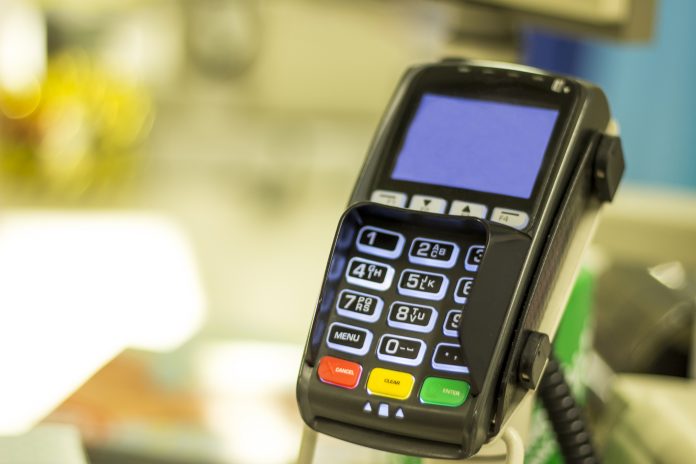Technology continues to advance, transforming how many businesses operate. But how has technology affected the supply chain of retail brands? Here, we look at how the retail sector has changed and what the future looks like
What your customers want
It’s no secret that customers are looking for more from the brands that they buy from. When they’ve received one service from a business, the bar is raised, and they expect that all their other favourite brands will do the same.
If you can offer next day delivery on a men’s blazer, you’ll stand out from the crowd. For businesses, this means that an efficient supply chain with a well-managed inventory tracking system is essential. And, when it comes to getting in touch with the business, customers expect instant contact through the channels that they’re most used to — Twitter, Facebook and instant messaging platforms.
An insight to the supply chain
The supply chain is having a big impact too. In the Digital Age, more products are being tailored to the buyer due to their love for personalised purchases. However, customers still expect fast manufacturing and for their order to be delivered quickly. So, how has technology created more of an efficient supply chain?
Interestingly, cloud storage is changing too. Since automatic backups and uploads can now take place, there are fewer crashes and lost data occurrences, which is great news for retail companies. 3D printing for manufacturing is a new area being brought to light. This is where there are no wasted raw materials, and via this technique, this type of printing creates products with time and material efficiency. Robotics is also a new direction for many retail businesses. When it comes to customised products, using robots means that they can be created on-demand, providing an efficient creation and delivery service.
An insight to AI
More and more businesses are focusing on artificial intelligence (AI) too. In fact, according to 2017 findings by McKinsey & Company, taking an AI approach to the supply chain could reduce forecasting errors by up to 50% and overall inventory reductions of between 20% and 50%. Chief executive of Platform Thinking Labs, Sangeet Paul Choudary, claims: “Having a direct link between the actual data being gathered and conveying that back up the supply chain means that designers and developers in the business can come back with the right products in much shorter lead times.”
You name it, AI can be there to assist. If user trends change over time, your AI technology will acknowledge this and present you with appropriate solutions. Machines with AI abilities can also gather information on location so that warehouses in certain areas can stock more of a product that’s popular in the area. This goes on to improve delivery times and customer satisfaction.
What’s more, keeping an eye on stock levels and collecting key data regarding operations are also AI attributes. This process removes the potential error of miscounting inventory or recording inaccurate information, which could then go onto lead to the wrong amount of stock being replenished.
Will there be a surge in job losses?
With more technology entering the workplace, workers are scared of job loss. Computers seem to have been given crucial roles that were formerly filled by humans in some retail companies. At Amazon, employees who were once in charge of securing major deals have been replaced with software that can predict what shoppers want and how to set prices.
This is very dependent on the sector. One example of this is John Lewis, which opened two new distribution centres in Milton Keynes in 2016 that created 500 new jobs.
What does the future look like?
The only way to stay in line with your customers is to adopt new technologies. When it comes to AI, any platform that has access to customer insights and data has the ability to connect directly to manufacturers to integrate and better inform the process.
As more people want the same amount of choice at a higher speed, this means that warehouses must stock a wide range of sizes, colours and styles at each of their locations — in close enough proximity to anyone who orders. In fact, there are already massive distribution centres, equal to the size of a town, which logistical networks that pick products from the shelves and send them on their way to customers.
Resources
https://cdn.businessoffashion.com/reports/The_State_of_Fashion_2018_v2.pdf
http://fortune.com/2017/09/01/supply-chain-manufacturing-technology/
https://www.arnoldmachine.com/6-exciting-advances-manufacturing-automation/











